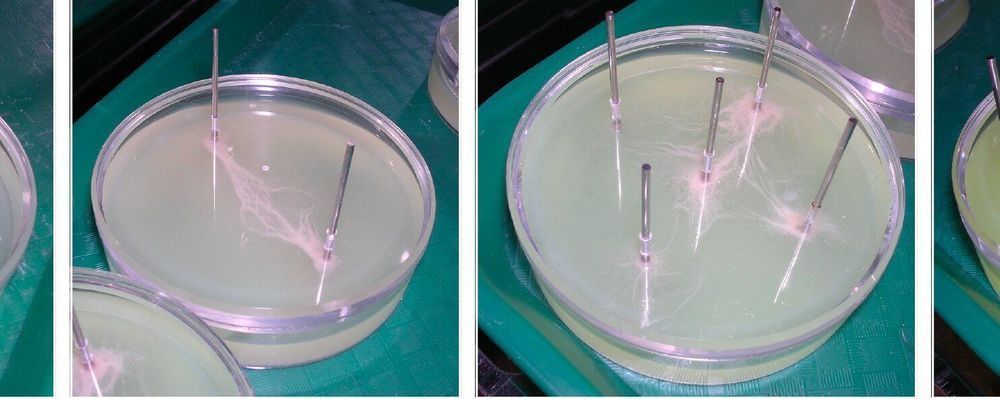Life is usefully defined on the basis of process: Any set of entities that participates in the process of evolution by natural selection is alive. But how does evolution by natural selection—and thus life—get started? The answer is far from obvious. Lack of insight haunts origins of life research and plagues understanding of the major evolutionary transitions, including the transition from cells to multicellular life.
In a new paper published in Nature Ecology & Evolution, a team led by Paul Rainey at ESPCI Paris and the Max Planck Institute for Evolutionary Biology provides a solution. Adopting a theoretical approach inspired from earlier and on-going experiments, Rainey and his team show how ecological circumstances can kick-start life, both from the get-go, and also at each of the major evolutionary transitions.
For entities to participate in the process of evolution by natural selection, entities need to be discreet and vary one to another, entities must replicate and offspring must resemble parental types. These basic Darwinian properties (variation, reproduction and heredity) are such fundamental features of life that it is easy to take their existence for granted. But as Black et al point out, Darwinian properties are derived and require evolutionary explanation. In the absence of any manifestation of heritable variance in fitness evolution is governed by chance alone and the road out of randomness difficult to conceive.









Comments are closed.